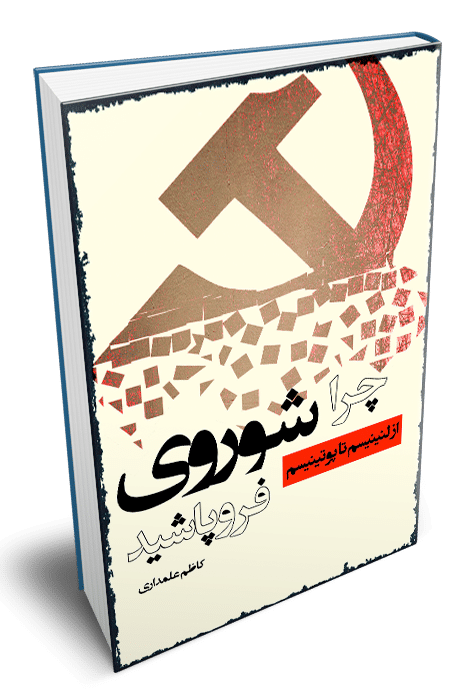This book discusses the causes behind the Soviet Union’s demise, as the title indicates. There is no question that the Soviet Union had accomplishments as well. However, the objective of this book is not to study the Soviet Union’s achievements or to compare the benefits and drawbacks of socialism. It’s worth noting that the author produced this book not only to study the circumstances that led to the demise of the Soviet Union and the Eastern Bloc, but also to criticize his own just beliefs, ideologies, and concepts that backed actual socialism in the past. True, hundreds of millions of people advocated revolution and socialism in the name of social justice, but their large and minor errors, which resulted in the squandering of their own and others’ strength, cannot be justified in the name of compassion and fairness. “The route to hell is paved with good intentions,” said St. Bernard (12th century Reform Priest). Stalin, a tyrant, likewise desired to make people happy via repression, jail, exile, and execution, as well as to create a fictitious paradise in society. The younger generation ought to benefit from these costly lessons and not repeat the mistakes of past generations. This book is divided into nine chapters that look at how things have progressed. To thoroughly investigate the road followed, books must be written, and they have been written. The book’s opening chapter discusses the immediate causes of the Soviet Union’s demise. The second chapter looks at ideological commitment and attitude, as well as Marx’s and Marxists’ theoretical misunderstandings concerning capitalism’s rise and debates over the issues of socialist building. The Bolsheviks and Vladimir Ilyich Lenin (1871-1924) made blunders during the October Revolution of 1917, according to the third chapter. The fourth chapter examines the Marxist perspective on the role and importance of personality in social-historical changes, such as the fall of the Soviet Union. Chapter 5 is mostly concerned with post-Lenin Soviet concerns, namely how Joseph Stalin came to power; It also covers significant domestic and international policy events during the Stalin period. The internal and exterior developments of the post-Stalin Soviet Union are examined in Chapter 6. The setting of the formation of “Putinism” and the influence of Putin’s presence on the re-establishment of the power hierarchy and the centralization of existing Russian state institutions are discussed in Chapter 7. The fundamental focus of Chapter Eight, however, is the analysis of the situation of literature and art in the Soviet Union.
Environmental problems and the link between socialism and nature are the topics of Chapter 9. This chapter also analyzes the perspectives of Engels, Marx, Bukharin, and others on environmental and natural resource conservation.


